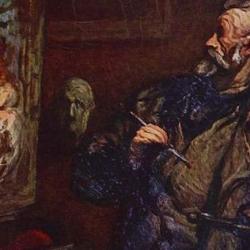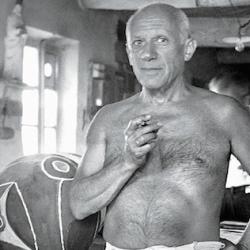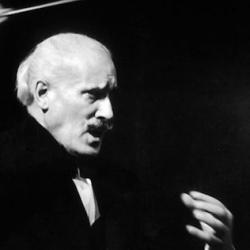Calvin Seerveld ( Rainbows for the Fallen World: Aesthetic Life and Artistic Task ) points to the 18th-century introduction of “sublime” as the beginning of the end of aesthetics focused on beauty: “When ‘the sublime’ became understood around the middle of the eighteenth century a a vehement emotion filled with terror and obscurity before immeasurable and overpowering natural phenomenon . . . and was accepted as proper for English gentry to experience, even preferable to the pleasures of ‘beauty’ the the generalizing, constrictive hold ‘beauty’ had as the norm for (fine) art and for man’s tasteful response to Nature was in principle broken.”
He admits that the sublime “intensified . . . the humanistic subjectivizing of normativity” and that it “helped prepare the way for a Romantic ideal of genius and originality.” Yet, he rightly emphasizes that it was crucial “for developing our conception of ‘aesethetic’ because it violated the very core of Beauty which had ruled Western reflection for more than two millennia . . . . With ‘the sublime’ new features and properties came into play that were diametrically opposed to the quasi mathematical concordance . . . and measured decorum that had always constituted the center of Beauty.” Edmund Burke could praise “Milton for his ‘judicious obscurity’” and “distortion became a bona fide candidate for civilized taste.” As a result, the sublime posed “a transcendental critique against the conception of ‘beauty’ which restrictively inhibited (aesthetic) experience to the apprehension merely of ‘unity-in-variety’ matters.”
Two reflections: First, I’d qualify with Milbank, et. al.’s suspicions about the sublime. Second, that “quasi” before “mathematical” is overly charitable. Augustine said, “Only beauty pleases; and in beauty, shapes; in shapes, proportions; and in proportions, numbers.”











